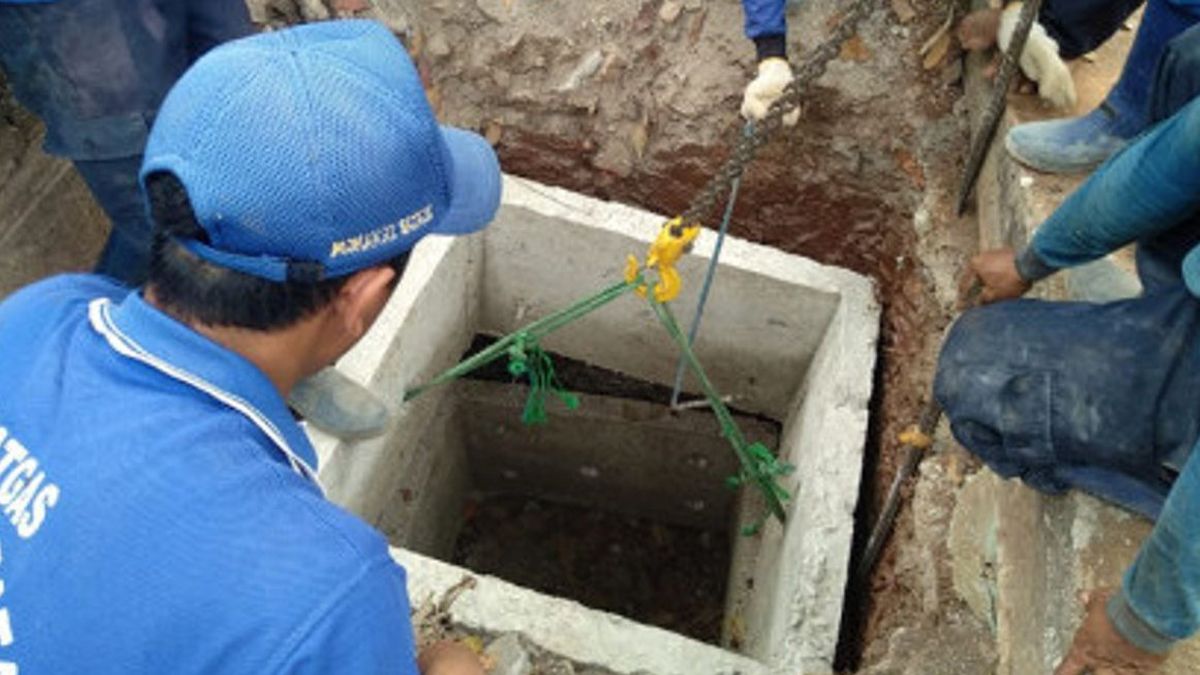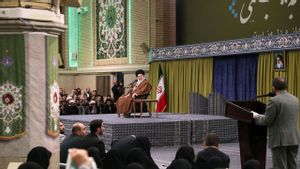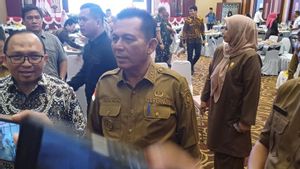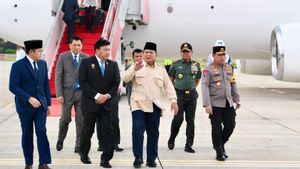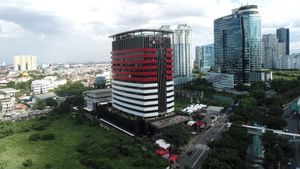JAKARTA - Deputy Chairperson of the DKI DPRD from the Gerindra faction, Mohamad Taufik, has a different view from the PDIP faction regarding infiltration wells. Taufik considers the program quite useful for dealing with Jakarta floods.
"Infiltration wells are useful. This program is really good. The function of infiltration wells is to deal with inundation. Another function that is no less important is the storage of water in the ground," Taufik told reporters, Saturday, December 25.
Gerindra does not agree that PDIP views infiltration wells as useless if you only look at a number of development problems at several points. According to him, more infiltration wells are functioning than problematic.
"Of the tens of thousands, one cook is in trouble? Commission D (Development Sector) says this is useful, really," he said.
Taufik also claimed that tens of thousands of infiltration wells that had been built during DKI Jakarta Governor Anies Baswedan's leadership showed the results of reducing flood volumes in the capital city.
"From the number that were affected (floods), it decreased. For example, previously there were 50 points that were affected by floods, now there are 10. That means there are efforts. The duration of the floods has also decreased," said Taufik.
The PDIP faction of the DKI DPRD highlighted the six programs of the Governor of DKI Jakarta, Anies Baswedan, which had not been carried out properly for four years. In fact, this program has an impact on the people of Jakarta. One of them is a flood control program by making infiltration wells which are considered chaotic. The DKI Provincial Government targets the construction of around 25 thousand infiltration wells with a budget of IDR 411 billion during 2021. However, Gembong said that currently many infiltration wells are problematic.
"The work of infiltration wells is not right on target. In fact, according to Pergub Regulation No. 20 of 2013, infiltration wells must be located in the building area, not outside areas such as roads," said Gembong.
He also regrets that Anies has never worked on a river normalization program from 2018 to 2021. In fact, the overall target for river normalization as a flood control program is 33.69 kilometers. Unfortunately, only 16 kilometers have been successfully normalized. This was also done before Anies took office in 2017.
"For four years we have only struggled, only arguing about the terms of normalization or naturalization. But neither of them have been executed," he said.
The English, Chinese, Japanese, Arabic, and French versions are automatically generated by the AI. So there may still be inaccuracies in translating, please always see Indonesian as our main language. (system supported by DigitalSiber.id)
